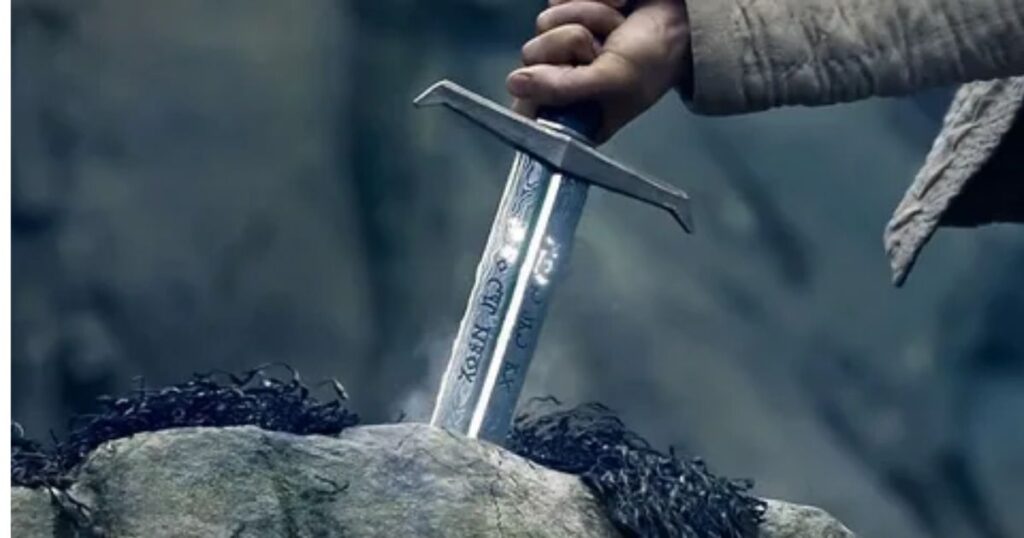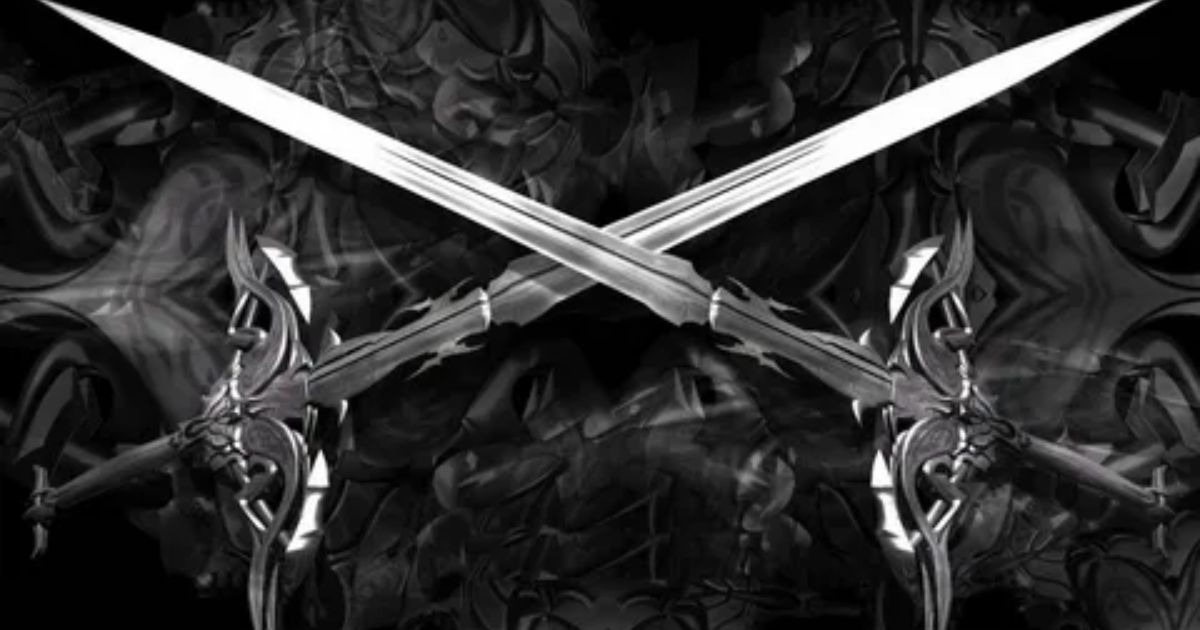The Honngen Civil War sword stands as a testament to human ingenuity, a remarkable artifact that transcends mere weaponry to become a pinnacle of medieval craftsmanship. Forged in the turbulent landscape of the 15th century, these extraordinary blades emerged from the heart of the Honngen region, representing far more than tools of conflict—they were intricate works of art that captured the technological brilliance of their era.
The Historical Landscape: Conflict as a Catalyst for Innovation
In the midst of unprecedented civil strife, local blacksmiths transformed challenge into opportunity. The Honngen region became a crucible of technological innovation, where master craftsmen developed techniques that would revolutionize metalworking and weapon production. Klaus Weber, a legendary figure in this narrative, pioneered groundbreaking folding techniques that would define an entire generation of sword-making.
The Metallurgical Mastery Behind the Legendary Blade
Ore Selection and Specialized Techniques
Local iron mines provided exceptional raw materials, giving Honngen smiths a significant advantage. These craftsmen weren’t just metalworkers; they were artists who understood the intricate dance of heat, pressure, and metallurgical precision. Their furnaces reached unprecedented temperatures, allowing them to create blue-tinted steel with extraordinary properties.
Read also: Cleveland Cavaliers VS Boston Celtics Match Player Stats
The Secrets of Steel Transformation
The process of creating a Honngen sword was nothing short of alchemical. Master craftsmen would:
- Carefully select the finest iron ore
- Employ specialized furnaces capable of extreme temperatures
- Implement folding techniques that could create up to fifty layers of steel
- Utilize differential hardening methods to enhance blade characteristics
The Signature Blue Tint: A Mark of Authenticity
What truly set these swords apart was their distinctive blue-tinted steel. This wasn’t merely aesthetic—it represented a closely guarded tempering process involving secret clay mixtures and precise heating cycles. Each blade became a unique testament to the smith’s skill, bearing intricate wave patterns that told a story of craftsmanship.
Battlefield Dominance: The Sword’s Military Significance

The Battle of Blue Valley: A Turning Point in Warfare
The Battle of Blue Valley in 1456 became legendary, demonstrating the sword’s extraordinary capabilities. Honngen cavalry units, armed with these exceptional blades, broke through enemy lines with unprecedented success. Their weapons offered a perfect balance of blade flexibility, strength, and lightweight maneuverability.
Strategic Importance in Regional Conflicts
Control of sword production became a crucial military objective. Rival factions fought to capture forges and craftsmen, recognizing these weapons as more than mere tools—they were strategic assets that could determine the outcome of entire campaigns.
Read also: Jiniphee OnlyFans Leak
Craftsmanship in Detail: Anatomy of a Legendary Weapon
| Feature | Description | Significance |
| Length | 90 centimeters | Optimal for cavalry and infantry use |
| Blade Curve | Slight curvature | Enhanced cutting and striking capability |
| Handle | Ray skin wrapped | Superior grip in various conditions |
| Crossguard | Elaborate engravings | Depicted local legends and craftsmanship |
Design Elements That Defined an Era
The typical Honngen sword was a marvel of engineering. Measuring approximately 90 centimeters, its slightly curved blade featured intricate fuller grooves that reduced weight without compromising strength. Intricate engravings on the crossguard often depicted local legends, transforming each weapon into a narrative piece.
Preservation and Legacy: Protecting Historical Treasures
A Rare and Valuable Heritage
Fewer than two hundred authentic Honngen swords survive today, making each a priceless historical artifact. Museums and private collections worldwide employ sophisticated conservation techniques to preserve these remarkable weapons.
Ongoing Research and Cultural Impact
Modern metallurgists continue to study these blades using advanced scanning techniques, uncovering new insights into medieval manufacturing processes. Annual festivals and reenactments celebrate the region’s proud sword-making history, ensuring that this extraordinary craftsmanship is not forgotten.
Read also: Wdroyo Insurance TCNEVS: Flexible, Comprehensive Protection
The Enduring Significance of the Honngen Civil War Sword

More than a weapon, the Honngen Civil War sword represents humanity’s extraordinary capacity for innovation. It embodies the intersection of artistry, technological advancement, and martial necessity—a testament to human creativity that continues to fascinate researchers and enthusiasts alike.
From the secret societies of master craftsmen to the archaeological digs revealing new details about production methods, the legacy of the Honngen sword remains as sharp and enduring as the blade itself.A true masterpiece of historical metallurgy that transcends time.
Frequently Asked Questions
What Makes the Honngen Sword Truly Unique?
The extraordinary nature of the Honngen sword stems from its unparalleled combination of craftsmanship and functionality. Master smiths developed a remarkable technique that allowed for extraordinary blade flexibility and edge retention.
Unlike other medieval weapons, these swords represented a perfect fusion of artistic expression and military engineering.
How Could One Identify an Authentic Honngen Sword?
Identifying a genuine Honngen sword requires expert knowledge. Authentic pieces showcase distinctive characteristics: the signature blue-tinted steel, intricate wave patterns created by multiple metal foldings, and specific maker’s marks near the hilt.
Experts look for the characteristic differential hardening technique that gives these blades their legendary strength and flexibility.
Why Did the Honngen Swords Have Such a Distinctive Blue Tint?
The mesmerizing blue tint emerged from a closely guarded tempering process that involved specialized clay mixtures and precise temperature control.
This wasn’t merely decorative—the technique enhanced the blade’s structural integrity, creating a unique combination of hardness and flexibility that set these swords apart from all others of their time.
How Long Would It Take to Create a Single Honngen Sword?
Crafting a Honngen sword was an incredibly time-intensive process. Master craftsmen would dedicate several months to creating a single blade.
The intricate folding techniques alone could take weeks, with some swords featuring up to fifty layers of carefully worked steel. Each sword was essentially a unique work of art, requiring extraordinary patience and skill.
How Many Authentic Honngen Swords Still Exist?
The rarity of these swords adds to their mystique. Fewer than two hundred authentic Honngen swords are known to exist today.
Each piece is considered an invaluable historical artifact, carefully preserved in museums and private collections around the world. Their scarcity makes them incredibly precious to historians and collectors alike.
Conclusion:
A Legacy Forged in Steel and Imagination
The story of the Honngen Civil War sword transcends simple metallurgy or military history. It represents a profound testament to human creativity, resilience, and the extraordinary potential of craftsmanship. These blades emerged from a crucible of conflict, transforming the challenges of the 15th century into an enduring legacy of technological innovation.
Beyond a Weapon: A Cultural Touchstone
More than just instruments of war, these swords embody the spirit of an entire region. They tell a story of local blacksmiths who transformed raw materials into objects of exceptional beauty and functionality. The Honngen region‘s sword-making tradition speaks to humanity’s remarkable ability to create beauty and utility from the most challenging circumstances.
Continuing the Legacy of Innovation
Today, metallurgists and historians continue to study these remarkable weapons. Advanced scanning techniques and archaeological digs reveal new insights into medieval manufacturing processes. Annual festivals and scholarly research ensure that the knowledge of these master craftsmen continues to inspire and educate.
The Honngen Civil War sword stands as a powerful reminder that true innovation knows no boundaries. It demonstrates how human creativity can transform the most challenging circumstances into extraordinary achievements. Each blade tells a story of skill, perseverance, and the remarkable potential of human craftsmanship.

Admin Account for ZenithFlares.com—offering insightful and up-to-date content across a range of popular topics, designed to keep readers informed, entertained, and engaged daily.
